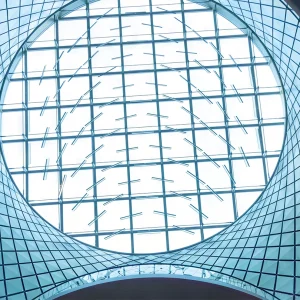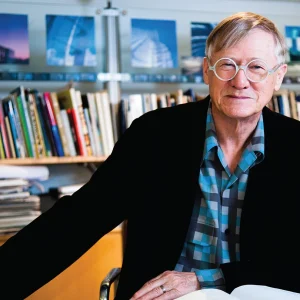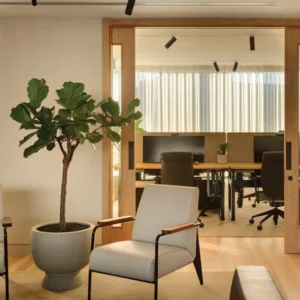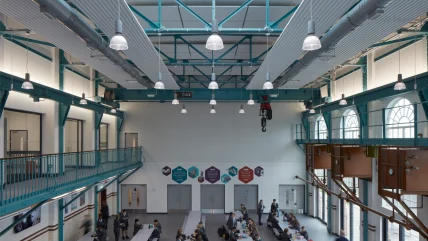
Edited By Jill Enwistle
Jonathan Rush, director of lighting at engineering consultancy Hoare Lea, argues that we need a greater understanding of lighting’s relationship with the human body and mind.
IT WAS NOT until around the 1780s, with the rise of Capability Brown, that the ‘profession’ of landscape architecture turned from providing formal, decorative gardens to ones more aligned with nature. Rolling lawns, clumps of trees and belts of woodland defined Brown’s style much to the chagrin of his contemporaries, who disliked his approach and accused him of ‘encouraging his wealthy clients to tear out their splendid formal gardens and replace them with his facile compositions of grass, tree clumps and rather shapeless pools and lakes’.
But Brown understood something that it is now common practice in the world of landscape – that humans have an inherent need for certain stimuli in terms of the physiological reward that nature brings.
A discussion of landscape architecture might seem a bit random if not irrelevant in an article on lighting, but as a profession and branch of design it has much in common with architectural lighting design – for one thing, that appreciation of the fundamental importance of nature, particularly in the latter case, the relationship between human beings and light; for another, its comparatively late arrival and recognition as a profession.
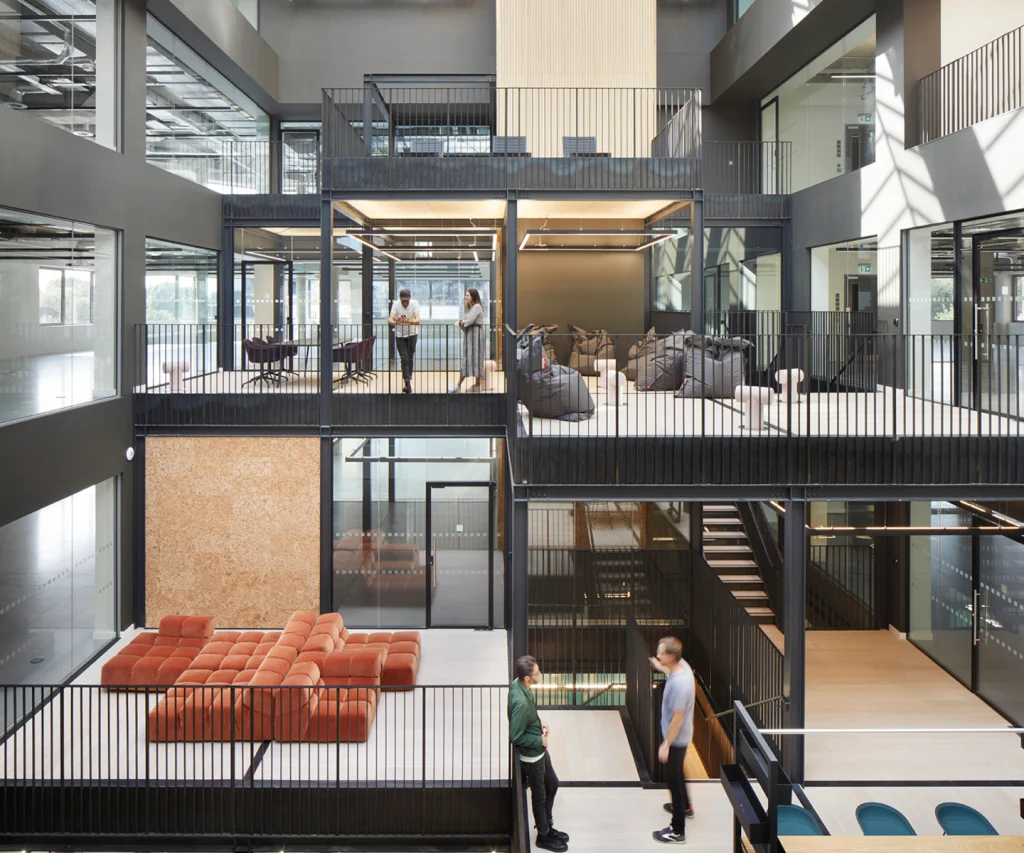
The metier of the landscape architect was only formalised in the UK with the establishment of the Landscape Institute (LI) in 1929. Before that, its value was informally recognised in the days of Brown and others around the 1700-1800s. Of course, arguably it had existed for thousands of years before – a notable example being the Hanging Gardens of Babylon.
The lighting design profession as such has emerged relatively recently (effectively established in the US in the 1960s). But clearly light has been fundamental to human existence since our early development. Our physiological and psychological need for it has driven the desire to shape and create it for our use.
The discovery of fire and its subsequent development in more controlled forms became more notable as we moved through history, with candles and oil lamps providing a personal and portable method of illumination before, relatively recently, we developed gas and then electrical sources.
Where natural light is concerned, our early ancestors worshipped the sun as a giver of light, but this evolved into a more sophisticated understanding of the value of daylight in ancient civilisations.
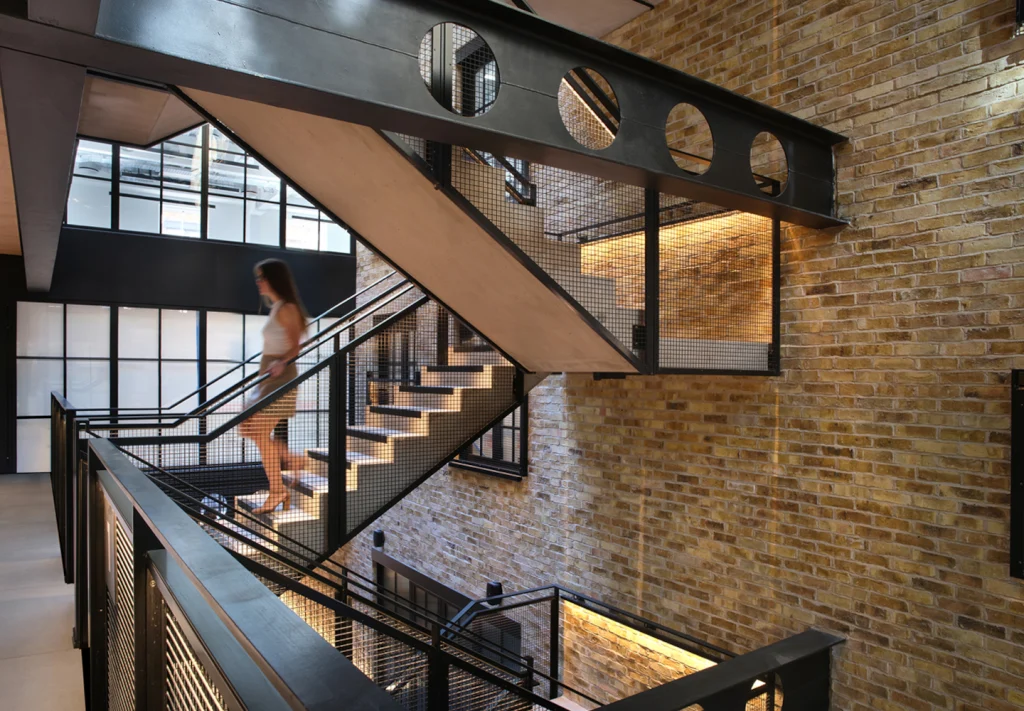
The central oculus of the famous Pantheon in Rome allowed sunlight to penetrate the space in dramatic ways, but it also trapped the solar energy within the building, heating the space. The use of this ‘heliocaminus’ became so popular in buildings within Rome that people started demanding protected views of the sky, which led to what can be described as an early form of the ‘right to light’ legislation familiar to us today.
As early as 1550BC, nearly all civilisations had an almost inherent understanding of the value of daylight and sunlight as a requirement for our well-being and health, and nearly all were using some form of fire to illuminate spaces.
But the development of electrical light has lessened our use of natural light and somehow diminished our appreciation of artificial light. Following the invention of the filament light bulb, together with the industrialisation that has led to a 24-hour society, our view of light has evolved from something aligned to our natural rhythms of sleep and wake, to something that directly conflicts with our natural rhythms.
Light became widely available, cheap, and we started misusing it. As it went from the precious, personal and cherished to the ubiquitous, we began taking it for granted and undervaluing its role. Which is perverse because as human beings we have an inherent understanding that light is vital for our bodies and our well-being – we just kind of lost the message along the way.
It is a message that is central to being a lighting designer, and yet ‘lighting design’ feels like the early stages of landscape architecture with most applications that are celebrated being those within high-end spaces and designed by a handful of small practices.
Given the value that light can bring to our lives and our well-being, it should be given more value, and we should see it being used properly in places that can really influence people’s lives. The lighting of schools, healthcare environments and similarly functional spaces may not be as visually interesting as opera houses, retail outlets, restaurants and hotels, but they do offer the potential to enhance more lives in more meaningful ways. We need to celebrate the use of well-considered but more functional lighting in spaces that historically have not seen the skills and knowledge of a lighting designer.
Lighting, and how we use it, needs to change, and we need more advocates in the design and related spheres to support a more thoughtful adoption of its use. We need to stop lighting being value-engineered to the bare bones or commoditised as just a product solution. And let us never speak again about ‘circadian lighting’ – all light impacts our physiology, be that positively or negatively.
We need to design spaces that put people first and consider all people – not just the 95 per cent percentile around whom the lighting standards were developed. We also need to be thoughtful about reducing carbon impacts, the extraction of materials and rare earth minerals, and the improper use of light at night with impacts on biodiversity and animal health.
Most people in the design team will have opinions about light. Many reading this will specify light in their projects – some will think this starts with picking up their favourite decorative lighting catalogue, others will take a more thoughtful view on the general needs and wants of the space and the people using it. As a lighting designer I would like to see the greater involvement of my profession in both functional and high-end spaces. But the intention here is not to lock out those who are passionate about light, or to bash interior designers and architects who specify lighting. I think we can all play a vital role.
The time has come for us to advocate better lighting in all projects and in all sectors. We need to make the case for lighting that not only excites, but that creates humancentric spaces and acknowledges our biological (and aesthetic) needs while recognising the urgent need to protect biodiversity.
It took landscape architecture a good 200 years to develop from informal but acknowledged profession to one that was recognised and widely appreciated. Like Capability Brown we need to get back to nature and consider light as the powerful and valuable resource it is.
Jonathan Rush is director of lighting at Hoare Lea

